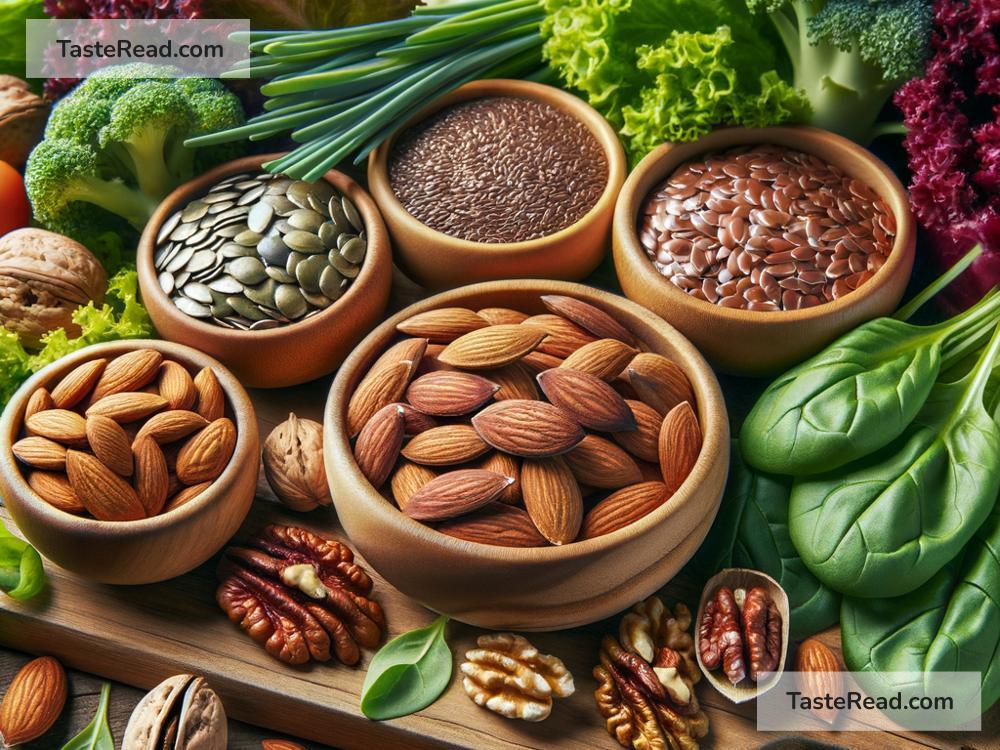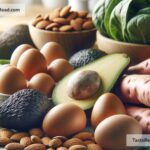Understanding the Role of Dietary Campesterol in Health
When we talk about nutrition, many focus on vitamins, minerals, proteins, fats, and carbs. But there’s another group of nutrients called phytosterols, which are plant compounds that play important roles in health. One member of this group is campesterol. Though less famous than cholesterol or omega-3s, campesterol is gaining attention in the realm of health and wellness. Let’s break it down in simple terms.
What is Campesterol?
Campesterol is a type of phytosterol, which means it comes from plants. Phytosterols are plant-based compounds that look and act a little bit like cholesterol. Cholesterol, as you probably know, is a molecule found in foods like eggs, meat, and dairy, and it plays a critical role in our bodies. Phytosterols like campesterol, however, are found in plant-based foods and have their own benefits.
Campesterol is most commonly found in vegetables, nuts, seeds, and plant oils. It’s not something you’ll see listed as an ingredient on a label—rather, it’s naturally part of foods. Think of campesterol as one of the hidden gems in your everyday plant-based diet.
How Is Campesterol Different From Cholesterol?
The key difference between campesterol (and other phytosterols) and cholesterol is their source. Cholesterol comes from animal products, while campesterol comes from plants. Despite their similarities, they don’t do the same things in the body.
Here’s the cool part: campesterol can actually help block unhealthy levels of cholesterol from being absorbed in the gut when you eat animal-based foods. This is why incorporating more plant-based foods into your diet is often linked to better heart health.
Where Can You Find Campesterol in Foods?
If you want to add more campesterol to your diet, you don’t need to do anything complicated. Foods naturally rich in campesterol include:
- Vegetables: Broccoli, brussels sprouts, kale, and spinach
- Nuts and Seeds: Almonds, sunflower seeds, and pistachios
- Plant-based Oils: Olive oil, canola oil, and sunflower oil
- Fruits: Oranges, apples, and avocados
- Whole Grains: Barley and wheat germ
Think of campesterol as a natural bonus that you get when you eat foods from plants. You won’t often hear it talked about like vitamin C or fiber, but it’s there quietly contributing to your health in the background.
Benefits of Campesterol for Health
While campesterol itself isn’t a magic cure-all, research suggests it has several potential health benefits. Here are some of the ways campesterol could positively impact your body:
1. Help Manage Cholesterol Levels
Campesterol competes with dietary cholesterol when it’s absorbed in the digestive system. This competition can reduce the amount of “bad” cholesterol (known as LDL cholesterol) that gets absorbed into your bloodstream. Lower LDL cholesterol levels are tied to better heart health and a reduced risk of heart disease.
2. Heart Health
Because of its ability to lower bad cholesterol, campesterol might help protect your heart over time. Studies have shown that diets rich in phytosterols (like campesterol) are linked to lower rates of cardiovascular disease. This doesn’t mean campesterol alone is responsible—exercise, stress management, and other lifestyle factors play important roles, too—but it’s definitely a contributing factor.
3. Anti-inflammatory Properties
Some early studies suggest that campesterol may have natural anti-inflammatory effects. Inflammation occurs when your body is responding to injury, infection, or stress, but chronic inflammation can lead to diseases like arthritis and diabetes. While more research is needed, there’s hope that campesterol could help reduce inflammation in the body.
Are There Any Downsides or Risks?
For most people, eating foods rich in campesterol is perfectly safe. It’s a naturally occurring compound in healthy, plant-based foods, so there’s no need to worry. However, as with anything, balance is key. Overloading on plant-based oils or nuts to get more campesterol could add unnecessary calories to your diet.
There’s also a rare genetic condition called sitosterolemia, where the body absorbs too many phytosterols, including campesterol. People with this condition need to keep their dietary phytosterol intake low, as excess levels can lead to health problems. Fortunately, sitosterolemia is very rare.
How to Include Campesterol in Your Diet
If you’re eating a balanced diet with plenty of fruits, vegetables, whole grains, nuts, and seeds, you’re already getting campesterol naturally. To boost your intake, focus on adding:
- Vegetable-rich meals: Try salads with leafy greens, roasted vegetables, or stews with broccoli and kale.
- Nuts and seeds: Snack on almonds, walnuts, or sunflower seeds instead of chips or candy.
- Healthy oils: Use olive oil for cooking or drizzling on salads.
A diet rich in plants isn’t just good for campesterol—it’s good for your overall health.
The Takeaway
Campesterol may not be as well-known as some nutrients, but it plays an important role in keeping us healthy. By helping to lower cholesterol and promote heart health, it serves as one of the many reasons why eating more plant-based foods is good for you. Whether you’re snacking on nuts, enjoying roasted veggies, or drizzling olive oil over your favorite dish, campesterol is quietly working behind the scenes to support your wellness.
So, the next time you reach for that salad or smoothie, remember—you’re doing your heart and body a favor in more ways than one, thanks to a little hero named campesterol. It’s the perfect example of how plant-based nutrition can offer a wealth of hidden benefits!


